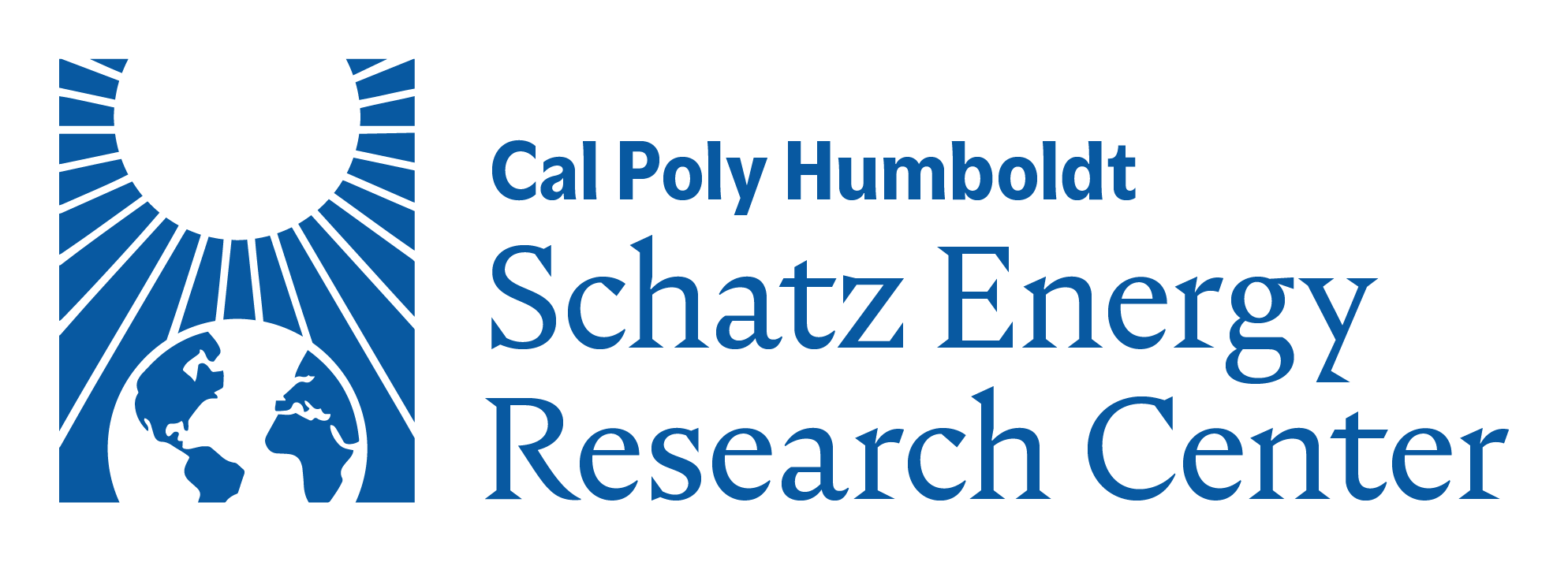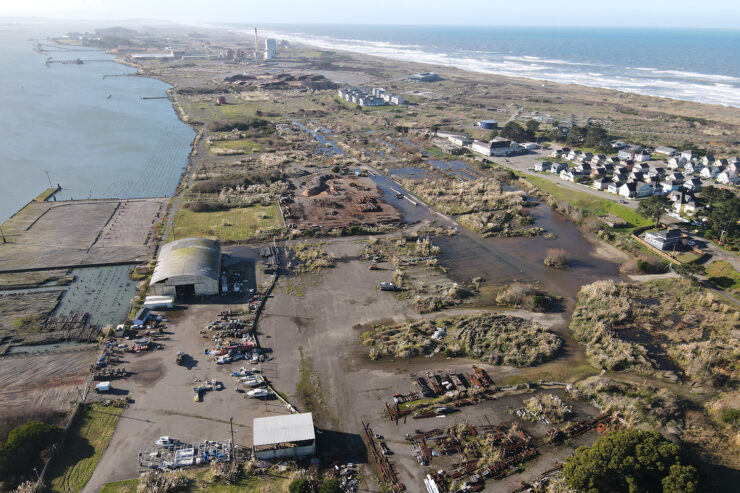Our new report, Permitting for Port Infrastructure to Support Offshore Wind in California, identifies the numerous permitting and planning processes required to build port infrastructure that is necessary for offshore wind energy development in the state.
For offshore wind energy projects to be developed in California, specialized port facilities—known as “staging and integration” sites—must be built to stage, assemble, and integrate massive floating offshore wind turbines before they are towed out to the designated offshore wind energy areas. Because assembled turbines may float approximately 1,100 feet above the water, these port sites must be located in areas without height restrictions, such as bridges. As a result, very few suitable locations exist in California and permitting these staging and integration projects is complex.
Our report identifies the approximately 20 authorizations from federal, state, and local agencies that staging and integration project developers may need to obtain, and develops a potential permitting timeline based on existing statutory and regulatory deadlines. The report’s analysis applies statewide, but is also specifically applied to projects currently proposed in Wigi (Humboldt Bay) and the Port of Long Beach.
The report also provides an in-depth analysis of:
- The key permitting processes and applicable standards for the environmental review that will holistically consider these projects–including those by the California Coastal Commission, ports and harbor districts, and the California State Lands Commission in some cases.
- Recent legislation that aims to consolidate permitting for offshore wind energy projects and address the impact of these projects on fisheries. The report also identifies areas within these new laws needing clarification, particularly regarding agency responsibilities for issuing permits, Tribal consultation requirements, and compensatory mitigation for unavoidable impacts to fisheries.
- The mandatory requirements for Tribal consultation and public engagement during the environmental review and key permitting processes for these projects. The report also analyzes recent state legislation aimed at creating more meaningful government-to-government consultation and a shared responsibility for resource management and conservation decisions within a Tribal Nation’s ancestral lands and waters.
To read the full report and learn more about the permitting landscape for California’s offshore wind port infrastructure, visit schatzcenter.org/publications. For more information, contact: schatzenergy@humboldt.edu or 707-826-4345.















